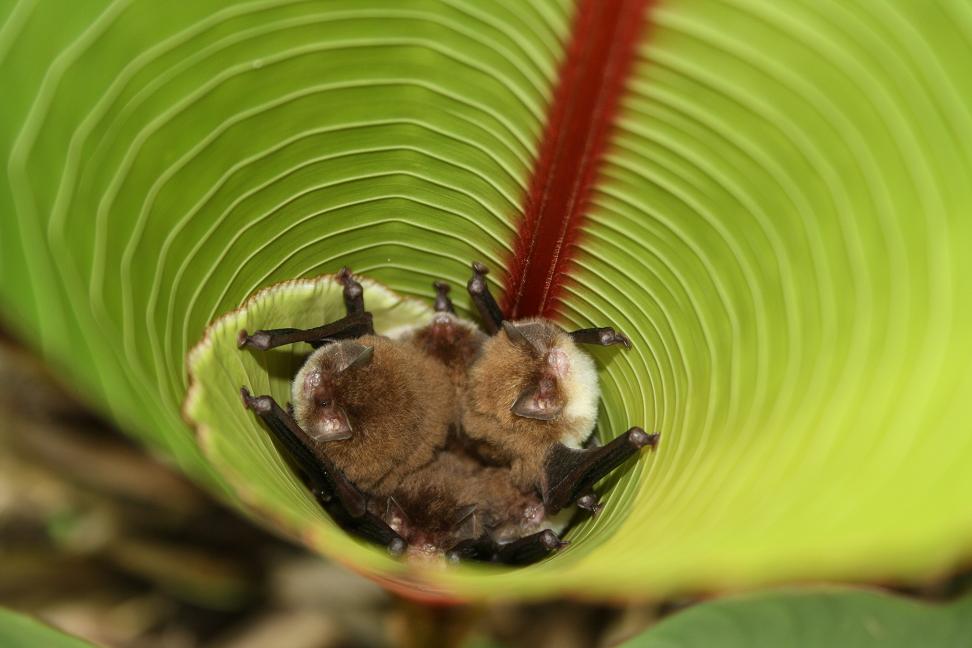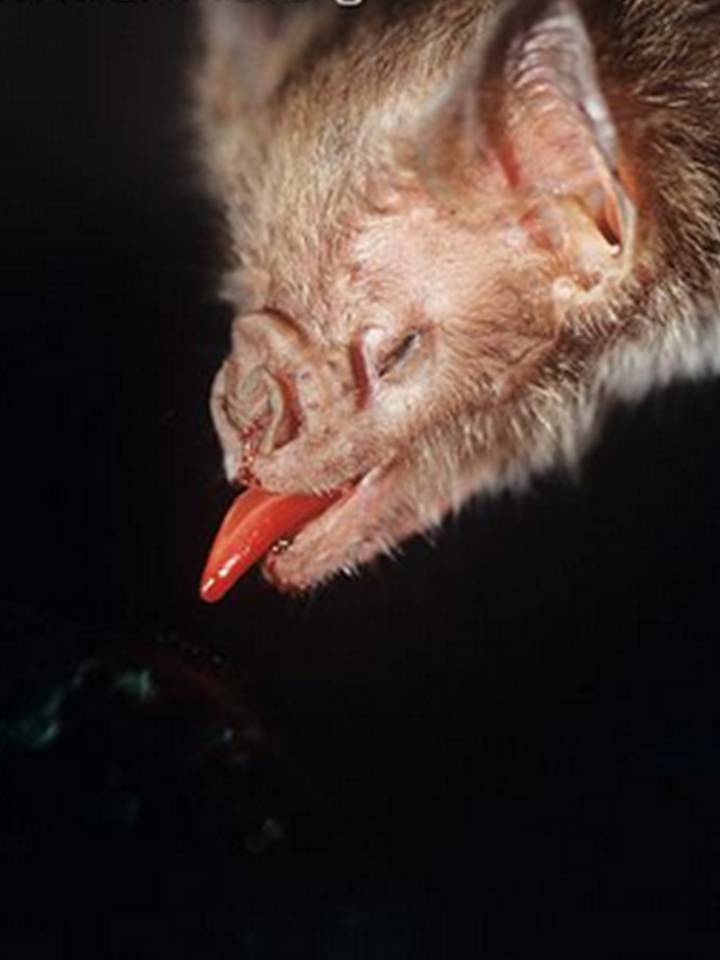When you buy through links on our site , we may earn an affiliate charge . Here ’s how it work .
By mail out high - oftenness calls and analyse the echoes that arrive back , bats can essentially " see " the world around them . Scientists have long thought that bat guess the sizing of a nearby object base on the strength of this sound reflection , but a raw field shows that sound reflection saturation alone does not paint the whole image .
What ’s really significant to the at-bat , the bailiwick suggests , is an reverberation parameter called sonar aperture — the spread of slant from which recall impinge on thebats ' spike , with a declamatory spread indicating a larger physical object . " The echo sounder aperture straight correlate with the size of real object , " Holger Goerlitz , a investigator at the University of Bristol in the U.K. , said in a statement . Goerlitz is the trail author of the new study bring out Nov. 24 in the diary Behavioral Processes .

Bats like the little brown bat shown here rely on a particular type of echolocation called sonar aperture to avoid bumping into obstacles during flight.
For the study , Goerlitz and his squad set out to investigate howbats ' escape patternschange when faced with real and practical objects in their paths . When a chiropteran let out anecholocation call , the sound that bounce back acquit a wealth of info about the surroundings . One could imagine , however , that a noisy domain could make it hard for a squash racket ’s brain to treat individual environmental feature article , similar to the way a brilliant calorie-free germ blinds humans to object near that light .
To try this theme , the research worker coiffure up an experiment near the Tamana Cave in the West Indies , which houses thousands of bats of up to 13 metal money . They placed a small speaker system , about 2 inches by 3 in ( 5 by 8 centimeters ) in size of it , in front of the cave and hire video of the bat ' flight of steps approach pattern as the fauna emerge from their roost at night .
They see that despite thecacophony of calls and echo , the bats were still able to key out and avoid strike the speaker system .

But how did the squash racket figure out the speaker ’s size ? The long - stand notion is that bats gauge physical object ' sizing by analyzing the volume of the phone that bounce off of them — tumid aim have a stronger echo , because they shine more of the bats ' calls .
The researchers placed a microphone about 5 to 10 feet ( 1.5 to 3 meters ) in front of the loudspeaker system . When the bats called out , the mike recorded the call and fed it into a nearby computer . The computing machine generated a copy of the recorded call and manipulated it to symbolize a loudspeaker 10 time the size of it of the real thing . After a short holdup , the " echo " was spit out of the real loudspeaker , making it seem as if the large , practical object lay somewhere between the mike and speaker unit .
To the researchers ' surprisal , the bats did not essay to fend off the virtual physical object , peradventure because the phone hail from a exclusive loudspeaker . The reverberation from the virtual object had everything a normal echo would have , except sonar aperture , the investigator noted in their newspaper , leading them to conclude that vital size selective information lies within that lose echo argument . Thebats were apparently blindto the size of the practical object .

Another recent work publish Oct. 26 in the Journal of Neuroscience also showed that asdic aperture is a reliable pool stick for object size in bat sonar . Rather than having bat try on to avert an object , the scientists jell up a loudspeaker system array and aim stationary bats to choose the orotund of two virtual objects . They found that increasing the asdic aperture ( by using more loudspeakers ) made a braggy difference to the bats than increasing the echo intensity level .
















